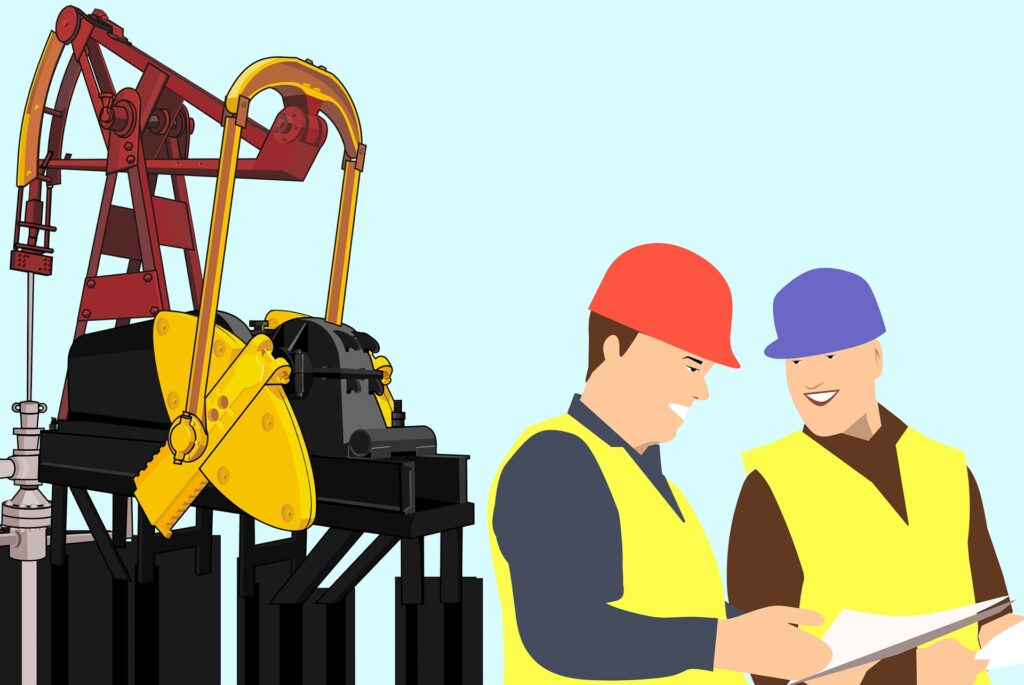In the world of oil & gas, petrochemicals, and heavy industries, piping systems form the lifelines of plants and facilities. Whether transporting crude oil, steam, chemicals, or water, the design and layout of these piping systems require careful planning from the earliest stages. This is where conceptual and feasibility studies play a critical role.
Before any line is drawn on a piping layout or 3D model, engineers must evaluate whether the proposed solution is practical, economical, and technically viable. Let’s explore how conceptual and feasibility studies are conducted in piping engineering and why they are essential to project success.
What is a Conceptual Study in Piping Engineering?
A Conceptual Study, often referred to as the Pre-FEED (Front-End Engineering Design) stage, is the first planning phase in a piping project. It focuses on defining the overall design concept, evaluating preliminary routing, and considering basic layout alternatives.
Key Activities in a Conceptual Study:
- Defining Project Objectives and Scope: What is the piping system intended to do? What are its boundaries? What are the key performance indicators?
- Process Flow Diagrams (PFDs) – High Level: Creating simplified diagrams that show the main equipment, major piping lines, and general flow of fluids. These are less detailed than P&IDs, focusing on the overall process.
- Preliminary Equipment Layouts: Rough sketches indicating the approximate location of major equipment items, which helps in visualizing the overall footprint and potential pipe routing.
- Identifying Key Design Parameters: Establishing preliminary operating conditions (pressure, temperature, flow rates), fluid properties, and material compatibility requirements.
- Technology Evaluation: Exploring different piping materials, joining methods, valve types, and control strategies that could be employed.
- Preliminary Cost Estimation (Order of Magnitude): Providing a very rough estimate of the project cost to determine if it’s within an acceptable range for further investigation. This often uses historical data and scaling factors.
- Identifying Major Constraints and Risks: Pinpointing potential challenges such as space limitations, environmental regulations, material availability, or complex interfaces with existing infrastructure.
Deliverables in a Conceptual Study:
- Block flow diagrams (BFDs)
- Preliminary PFDs (Process Flow Diagrams)
- Rough plot plans showing equipment layout
- Conceptual piping route sketches
- Initial list of major equipment
- Identification of major pipe racks, utility corridors, and tie-in points
What is a Feasibility Study in Piping Engineering?
A Feasibility Study builds on the conceptual study and dives deeper into technical, financial, and operational feasibility. It determines whether the proposed piping solution is achievable and cost-effective.
This phase helps stakeholders decide whether to proceed with detailed engineering (FEED) and execution.
Key Activities in a Feasibility Study:
- Detailed Process Flow Diagrams (PFDs) and Preliminary Piping & Instrumentation Diagrams (P&IDs): Developing more detailed diagrams that include instrumentation, control loops, and utility connections
- Preliminary Sizing and Selection of Key Equipment: Initial calculations for pipe diameters, valve sizes, pump capacities, and other critical components.
- Material Selection and Corrosion Study: In-depth analysis of material compatibility with the transported fluids and environmental conditions, considering corrosion, erosion, and temperature effects.
- Routing and Layout Optimization: Developing more refined piping layouts to optimize flow, minimize pressure drop, facilitate maintenance, and ensure safety. This often involves 3D modeling at a preliminary level.
- Stress Analysis Considerations (Preliminary): Identifying potential areas of high stress in the piping system and considering support strategies.
- Detailed Cost Estimation (Factored Estimate): A more refined cost estimate based on preliminary designs, vendor quotes, and detailed breakdown of labor and materials.
- Schedule Development: Creating a preliminary project timeline, outlining key milestones and durations.
- Environmental Impact Assessment: Evaluating the potential environmental effects of the piping system and identifying mitigation measures.
- Safety and Operability Review (HAZOP/SIL Preliminary): Initial assessments to identify potential hazards and ensure the system can be operated safely.
- Economic Analysis: Performing discounted cash flow (DCF), net present value (NPV), internal rate of return (IRR), and payback period calculations to assess the financial viability.
Deliverables in a Feasibility Study:
- Feasibility report with piping layout options
- Pipe routing studies using 2D/3D software (like AutoCAD, S3D, or E3D)
- Cost estimates (CAPEX) for piping materials and installation
- Preliminary stress analysis for critical lines
- Risk and HAZOP (Hazard and Operability) reviews
- Schedule and manpower requirement estimation
How Conceptual & Feasibility Studies Work Together
| Element | Conceptual Study | Feasibility Study |
|---|---|---|
| Focus | High-level layout and routing concepts | Detailed evaluation of practicality and cost |
| Outcome | Identifies viable piping system approaches | Recommends best solution based on cost, constructability, safety |
| Tools | Sketches, layout blocks, basic drawings | 3D software, cost modeling tools, risk analysis |
| Stakeholders | Process, piping, layout engineers | Project managers, cost engineers, HSE teams |
These studies are often iterative. A concept may look promising, but feasibility analysis could uncover challenges (e.g., high cost or space issues) that require reworking the concept.
Importance of These Studies in Piping Projects
- Avoid Costly Redesigns: Early identification of layout issues prevents expensive changes during construction.
- Optimize Space Usage: Helps in strategic space planning, especially in brownfield or offshore projects.
- Improve Safety: Considers spacing for fire protection, access for maintenance, and escape routes.
- Support Decision Making: Provides data and analysis to help management make go/no-go decisions.
- Align Multi-Disciplinary Teams: Ensures piping works in harmony with process, structural, and electrical designs.
Tools Used in Conceptual and Feasibility Piping Studies
- AVEVA E3D / Smart 3D (S3D): For 3D model visualization and early layout planning
- AutoCAD / MicroStation: For 2D route sketching and layout drawings
- Caesar II / Start-Prof: For preliminary pipe stress analysis
- Navisworks / Primavera: For clash detection and schedule planning
- Excel / Cost Estimating Tools: For early material take-offs and budgeting
Conceptual and feasibility studies are not just checkboxes in the piping project lifecycle. They are critical thinking stages where experience, creativity, and engineering judgment come together. Success in these early phases sets the tone for efficient design, safer operations, and cost-effective project delivery.
If you’re an aspiring piping engineer or a project manager, understanding and contributing to these early stages will make you a valuable asset to any EPC or operating company.
Did you find this blog helpful? Share it with your peers or tag a fellow Piping Professionals!


